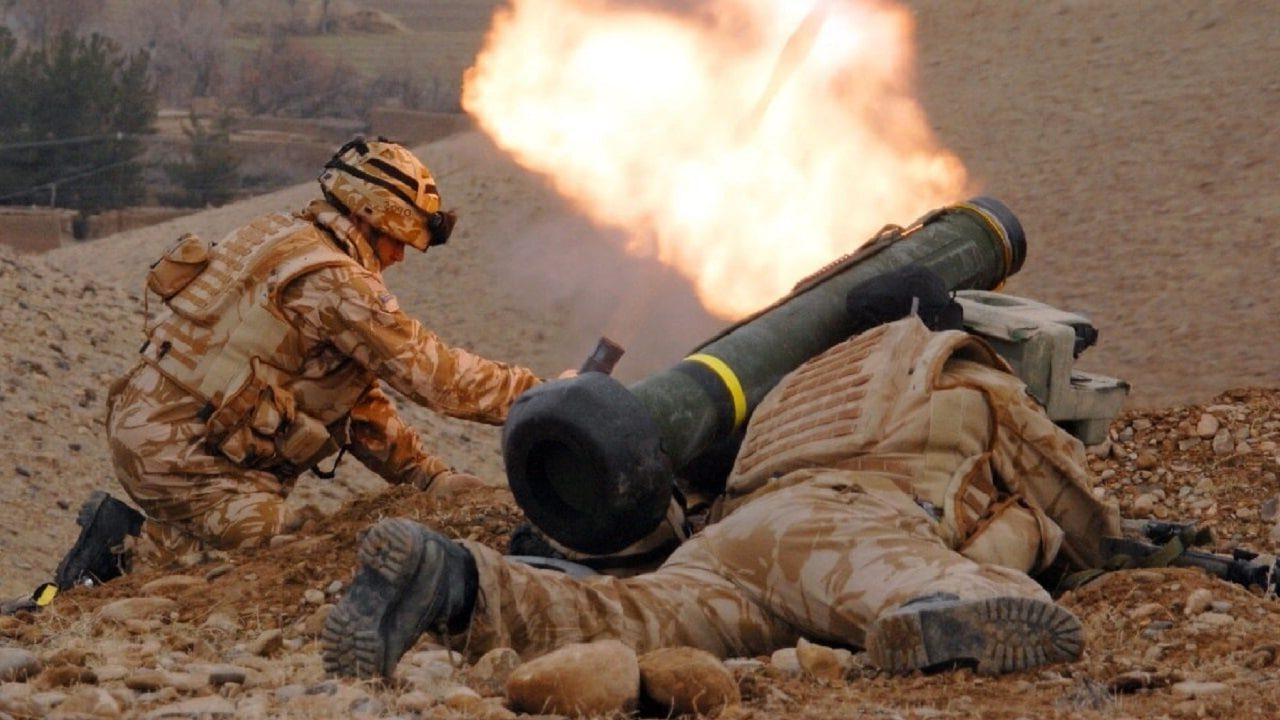30,000 Anti-Tank Weapons Have Been Sent to Ukraine – So many Stinger anti-aircraft missiles and Javelin anti-tank missiles have been sent by the United States to Ukraine that the Pentagon announced it would have to accelerate the production to refill its own depleted stocks. Kyiv has requested that as many as 500 of each of the missile platforms be delivered daily, CNN reported.
It is now estimated that as many as 30,000 anti-tank missiles have been sent to aid Ukraine, along with several thousand anti-aircraft missiles. The Javelins have been credited with taking out dozens of Russian tanks, perhaps even into the hundreds.
However, just as there has been a demand for small arms ammunition in the United States, the military could face a shortage of anti-tank/anti-aircraft missiles as demand is outpacing the ability to produce the weapons.
The Pentagon doesn’t disclose its specific inventory levels, and as CNN also reported, it maintains the levels for what “may be needed in a conflict.” It currently takes about 18 to 24 months to manufacture a production lot of the Stinger, depending on the number in the lot. The Javelin, which is manufactured by Lockheed Martin, is now reported to be in full production mode – and more than 6,000 are expected to be produced this year.
Anti-Tank Weapons Put to the Test in Ukraine
Even as Russia massed its forces on the Ukraine border, prior to launching its unwarranted and unprovoked attack last month, a variety of anti-tank weapons had been provided to help Ukraine’s forces. These included the aforementioned Javelin, the British-made NLAW and the Swedish-produced AT-4. Each has been used to reasonable success.
Here are some facts about each system:
FGM-148 Javelin is an American-made portable anti-tank missile system that entered service in 1996, and has been continuously upgraded. It is a fire-and-forget platform that utilizes an automatic infrared guidance that allows the user to take cover and avoid counter-fire immediately after launch. Its HEAT (High-Explosive Anti-Tank) warhead is capable of defeating modern tanks by striking them from above where the vehicle’s armor is the thinnest. It can also be used against fortifications in a direct attack flight.
The British/Swedish (NLAW) is a single-shot, fire-and-forget, shoulder-fired disposable missile system that was designed for use by infantry. The shoulder-mounted weapon is capable of firing a single 150mm high-explosive anti-tank missile up to 2,600 feet. The joint British/Swedish-designed NLAWS, developed by Saab Bofors Dynamics, are currently built in Belfast, Northern Ireland, by Thales Air Defence. It employs a “soft-launch system,” which means that the missile is ejected non-explosively, and can be used by infantry from within an enclosed space. Weighing just 27.5 pounds, it is easy to fire, and light enough that the operator can still carry an additional weapon such as a rifle. As with the American Javelin, the NLAW can be used to target the top of a tank’s turret – and operators need to aim just one meter above the tank and the downward shaped charge can do the rest.
Another Swedish-designed weapon that has proven well-suited to destroying Russian tanks is Saab Bofors Dynamics’ AT4, an 84mm unguided, man-portable, single-shot, recoilless smoothbore anti-tank weapon. Since its introduction in 1987, the AT4 has become one of the most commonly employed anti-tank weapons in the world. It was designed to fire a variety of different projectiles, including high-explosive anti-tank rounds; anti-structure and breaching tandem-warheads; anti-armor extended range rounds; and reduced sensitivity, anti-tank warheads for urban or jungle combat.
Ukraine has also reportedly been employing the Soviet-designed RPG-7, while videos have shown brave civilians learning how to make “ Molotov cocktails.” There have been reports of a few cases of the primitive gasoline bombs being hurled at Russian tanks, while some drones have been modified to carry and drop them, but more likely being stockpiled as a backup. For now, it seems that as long as the anti-tank weapons keep flowing to Ukraine, the Russian tank losses will continue to mount.
Now a Senior Editor for 1945, Peter Suciu is a Michigan-based writer who has contributed to more than four dozen magazines, newspapers and websites. He regularly writes about military hardware, and is the author of several books on military headgear including A Gallery of Military Headdress, which is available on Amazon.com. Peter is also a Contributing Writer for Forbes.

